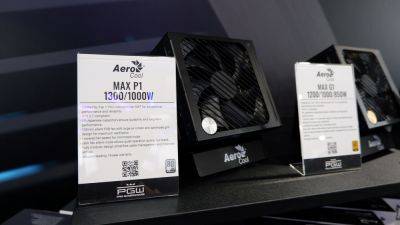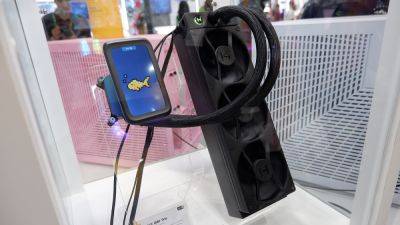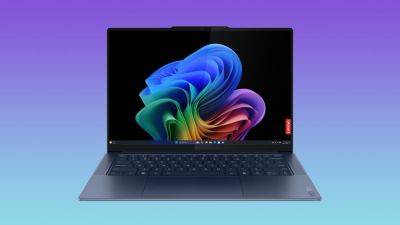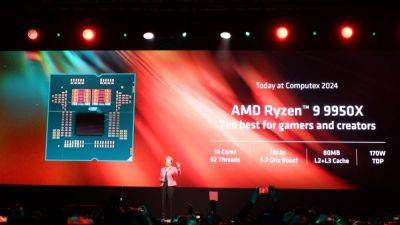Microsoft reckons its new Prism x86 emulation for Arm PCs is as good as Apple's Rosetta
So, the Arm revolution on the PC is almost here, what with the first Windows laptops packing the supposedly radical new Qualcomm Snapdragon X Elite chip arriving on June 18. But if there is a big question mark hanging over the whole endeavour, it's emulation. More specifically, will the X Elite be any good at running old x86 Windows code?
By that we mean the vast, vast majority of existing software and apps for Windows, since Windows has overwhelmingly been an OS running on x86 CPUs. We know that some keys apps including the Chrome browser and Adobe Photoshop will be available in native Arm format for X Elite laptops from day one. But what about everything else?
It'll all have to run in emulation mode courtesy of a new translation layer known as «Prism» in the upcoming 24H2 update for Windows 11. Prism will convert code on the fly from x86 to Arm. This isn't a new concept, and indeed Windows for Arm has supported x86 emulation for years. It just hasn't been much good.
By contrast, Apple's Rosetta 2 emulation layer for its Apple silicon Macs is pretty impressive. Apple silicon, of course, is Arm-based and replaced the Intel x86 era of Macs. So, there's a direct comparison to be made between Microsoft's Prism and Apple's Rosetta 2.
Just for context, the original Rosetta translation layer helped smooth over Apple's earlier transition from PowerPC CPUs to Intel x86 back in 2006. Of course, «Rosetta» is named after the Rosetta Stone, an ancient tablet inscribed with three versions of the same text written in Greek, Demotic and Egyptian hieroglyphs and which has been key to decoding Demotic script and ancient hieroglyphs.
Anywho, Microsoft is making some bullish claims for Prism, though most of them are either a bit vague or hard to fully gauge. According to Ars Technica, for instance, Microsoft thinks Prism will do for Arm PCs what Rosetta did for Macs and that Prism's performance and efficiency will be similar to Rosetta's.
Microsoft specifically says that, «the







